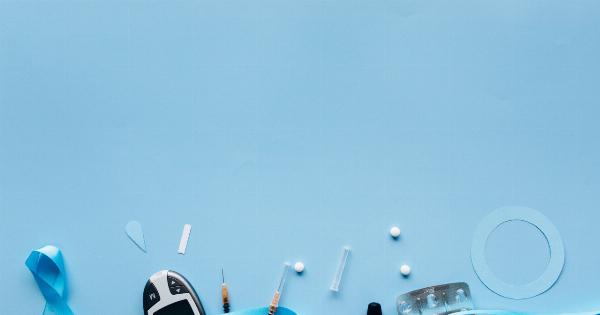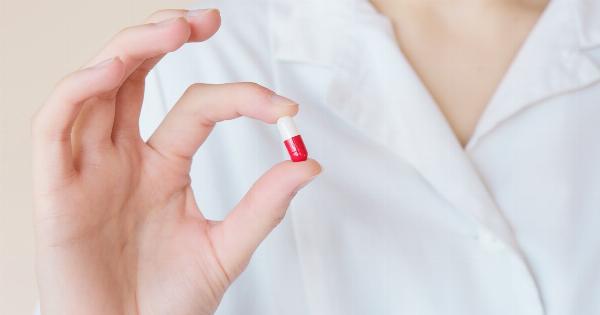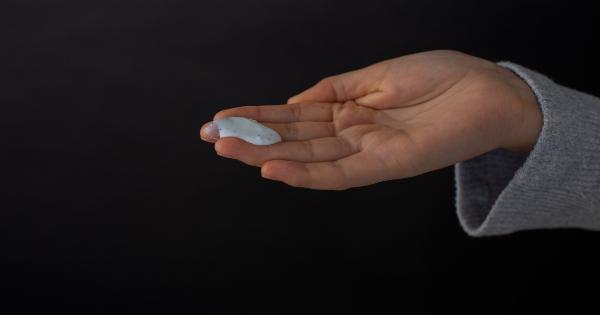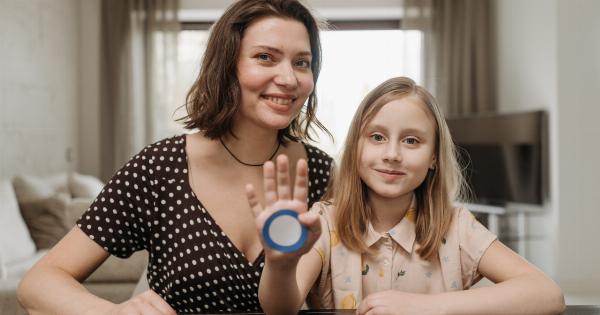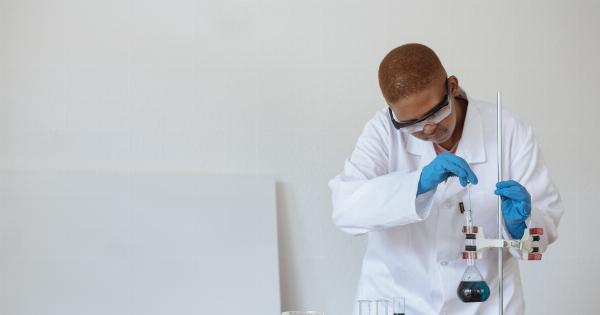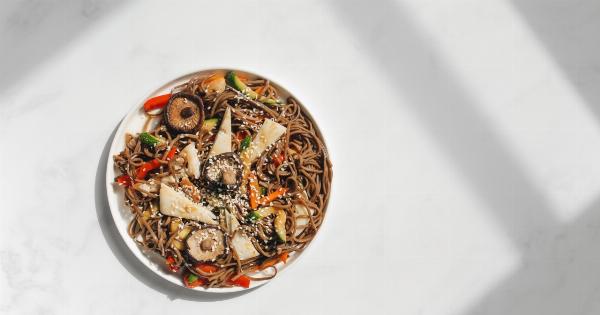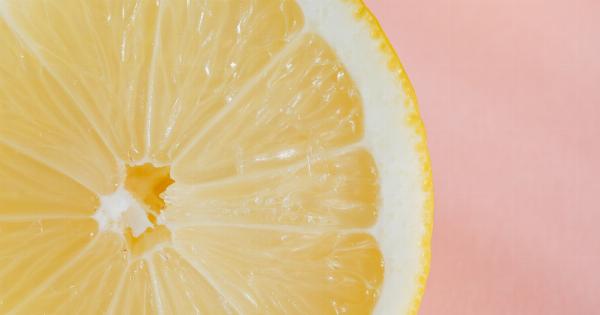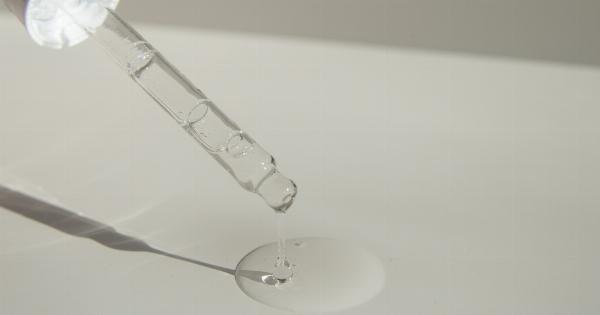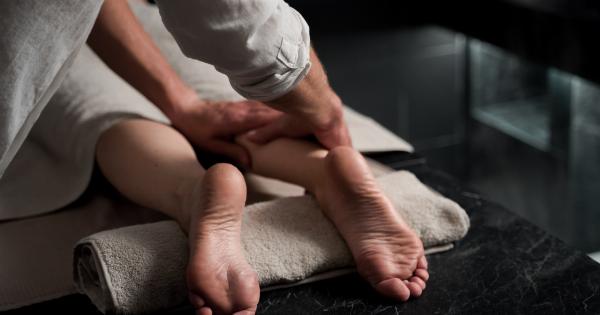Wounds are an inevitable part of life, and we often find ourselves searching for ways to heal them more effectively. Interestingly, cats are known for their remarkable ability to heal wounds quickly.
Their unique healing process can teach us valuable lessons on promoting faster healing and achieving optimal recovery.
1. Keep Calm and Cleanse
Just like a cat, the first step in healing wounds is to keep calm and cleanse the affected area. Cats instinctively groom their wounds by licking them, which helps remove dirt and debris and prevents infection.
Similarly, humans should clean their wounds gently using mild antiseptic solutions or saline water. Avoid harsh products that can further damage the tissue.
2. Dress It Up
Cats have a natural tendency to cover their wounds with their own saliva. This saliva acts as an antibacterial agent and helps protect the wound from external contaminants.
Adopting this practice, we can apply sterile dressings or bandages to our wounds after cleansing them. Dressings not only shield the wound but also create a moist environment necessary for the healing process.
3. Encourage Rest and Relaxation
Cats are experts in the art of relaxation, and rest plays a crucial role in their healing process. Similarly, humans should prioritize rest after sustaining a wound.
By allowing our bodies to relax, we provide them with much-needed time to focus on the healing process. Adequate sleep and reduced physical exertion help facilitate faster recovery.
4. Promote Proper Nutrition
Cats instinctively know the importance of proper nutrition for wound healing. They consume foods rich in proteins, vitamins, and minerals, which are essential for tissue repair.
Similarly, humans should ensure they maintain a well-balanced diet that includes adequate amounts of protein, vitamin C, zinc, and other nutrients necessary for wound healing.
5. Stay Hydrated
Water is vital for overall health, including wound healing. Cats always ensure they stay hydrated, as it helps maintain adequate blood flow to promote healing.
In the same manner, humans should keep themselves well-hydrated to support the healing process.
6. Embrace the Power of Natural Remedies
Cats often seek out natural remedies when healing their wounds. Certain herbs and plants possess anti-inflammatory, antimicrobial, and wound-healing properties.
Aloe vera, chamomile, and calendula are some examples of natural remedies that humans can also use to aid in wound healing.
7. Avoid Excessive Licking
While licking wounds helps cats remove debris and stimulate blood flow, excessive licking can hinder the healing process in humans. Saliva contains bacteria that can potentially cause wound infections.
Avoid the temptation to excessively touch or lick your wounds, as this can introduce harmful bacteria and delay healing.
8. Prioritize Sunlight and Fresh Air
Cats cherish basking in the warm sunlight, as it promotes faster healing. Sunlight is a natural source of vitamin D, which plays a crucial role in wound healing.
Similarly, humans can benefit from spending time outdoors, allowing their wounds to soak up some sunlight and fresh air.
9. Minimize Stress
Cats are masters at managing stress. They know that stress can slow down the healing process.
Similarly, humans should strive to minimize stress levels by incorporating relaxation techniques such as meditation, deep breathing exercises, or engaging in activities they enjoy.
10. Seek Professional Guidance
If your wound is severe or doesn’t show signs of improvement, it’s essential to seek medical assistance.
Cats rely on veterinarians to treat complex wounds or infections, and humans should also consult healthcare professionals for appropriate wound care advice.
By employing these cat-like healing strategies, humans can aid their bodies in healing wounds more effectively.
However, it’s crucial to remember that each individual’s healing process may vary, and it’s always best to consult a healthcare professional for personalized guidance.


